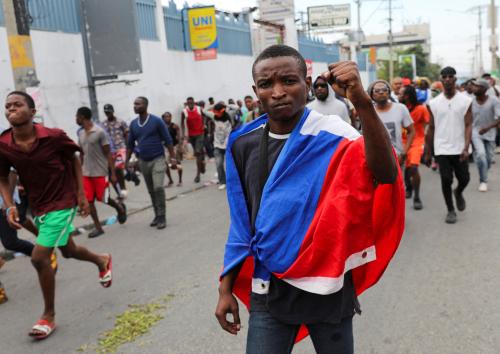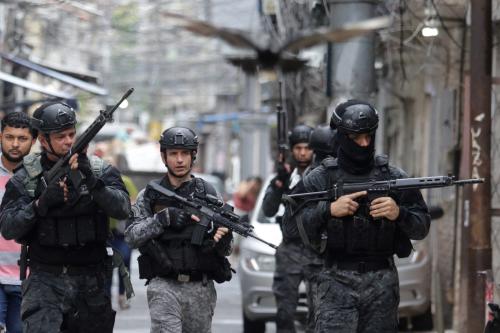In the spring of 2002, I picked up a group of young Cubans along Quinta Avenida headed toward central Havana to hang out and treat themselves to ice cream and cakes. When they asked me where I got the beautiful black Crown Victoria sedan I was driving, I told them that I was the chief of the U.S. Interests Section, our diplomatic mission in Cuba. Delighted, they exclaimed, “Be our mother and take us to Miami!”
Forty-five years ago on Feb. 3, 1962, 10 months after the Bay of Pigs and eight months before the Cuban missile crisis, President Kennedy announced a total embargo on trade with Cuba. President Eisenhower, fearing Communists were gaining the upper hand, had already put in place sanctions in retaliation for the seizure of American properties shortly after Fidel Castro took power on Jan. 1, 1959.
Now, almost a half-century later, the long era of Mr. Castro is over. The brief era of his brother, Raul, who at 75 cannot rule Cuba for long, has begun. But very little change will take place in Cuba as long as the Cuban people are isolated from their loved ones and from the ideas and influences of the outside world. If we want to give those kids a chance to build a prosperous and democratic future in Havana — not Miami — we will have to change tactics.
To start the ball rolling, President Bush should reinstitute the “People-to-People” program and the annual Cuban American family visits that were in place during the first two years of his administration. These policies were opening doors in Cuba.
Under the People-to-People program, licensed groups from churches, universities and theaters throughout the United States were carrying out their own brand of grass-roots diplomacy by connecting with Cuban doctors, teachers and religious leaders. They were helping Cubans live better lives and to begin preparing for a better future. Cuban Americans were visiting their families in Cuba, bringing much need medicines and giving their children a chance to hug their grandparents and learn firsthand about what happened in Cuba.
Cubans from Santiago de Cuba in the East to Pinar del Rio in the West were beginning to believe that freedom was not a distant dream. They were learning firsthand about life in our country by listening to AM-FM shortwave radios and reading books handed out by an intrepid band of diplomats assigned to the U.S. Interests Section in Havana.
Mr. Bush can make these changes now. No congressional action is needed and they will make a difference as they did five years ago, when they helped create a “Cuban Spring.”
But more needs to be done, it isn’t all up to Mr. Bush. Congress will have to act if the president is to have the flexibility he needs in the coming months and years to respond to the challenges and opportunities Fidel Castro’s death and Raul Castro’s succession will bring. Until the Cuban Liberty and Democratic Solidarity legislation, known as Helms-Burton, is revised or abrogated the president cannot lift the embargo unless both both Castros are out of power and a new Cuban government is well on its way toward a multiparty democracy.
Congressional action does not end the embargo. The president by executive action can keep the embargo in place. But if Congress abrogates or revises Helms-Burton, the president will have the opportunity to respond should Raul Castro begin to carry out reforms. For example, should Raul Castro allow Cubans to open their own businesses, in order to meet the pent up expectations of Cuba’s youth for jobs and better pay, Mr. Bush could remove restrictions that block the sale of computers, televisions and radios, thereby enhancing the flow of information and ideas that would prompt more and faster political as well as economic reform.
Forty-five years later, isn’t it time to clear the way for a new relationship?



Commentary
Op-edPost-Fidel Cuba
February 6, 2007